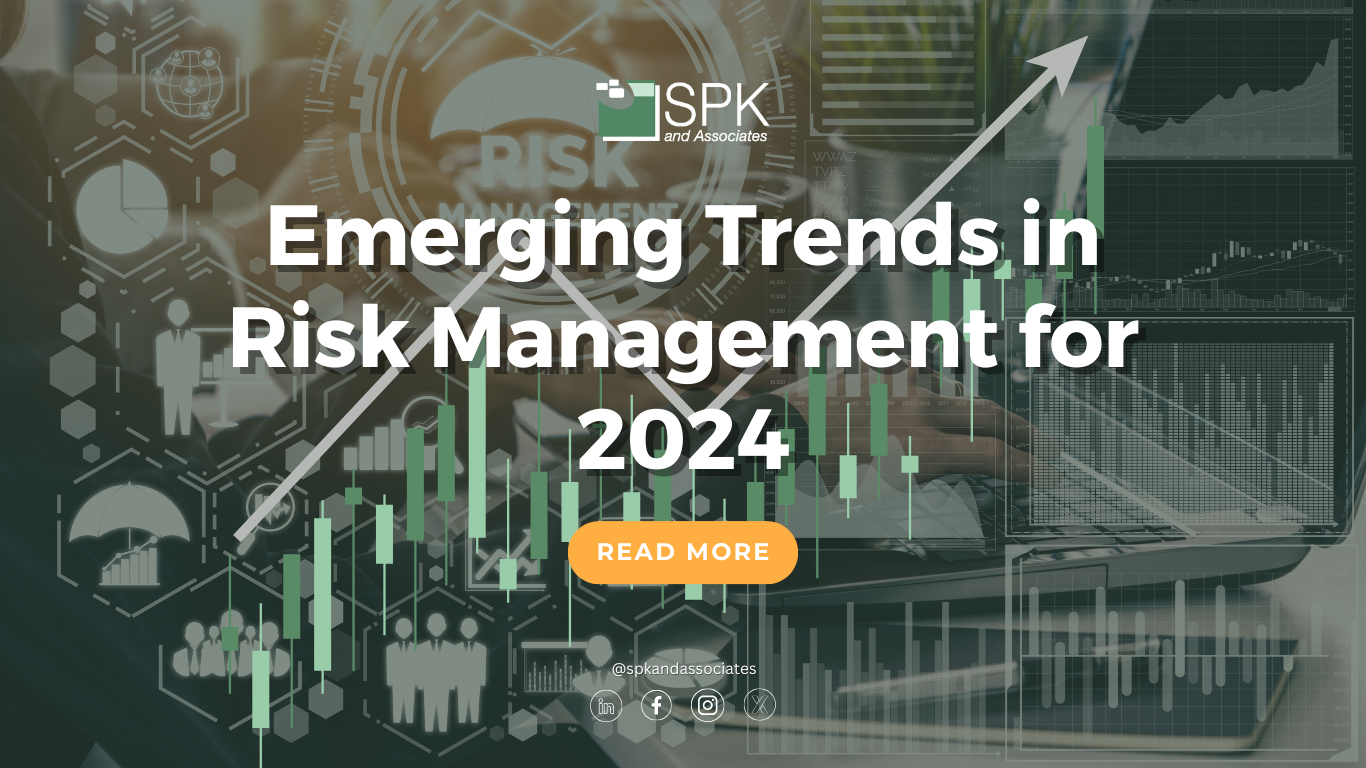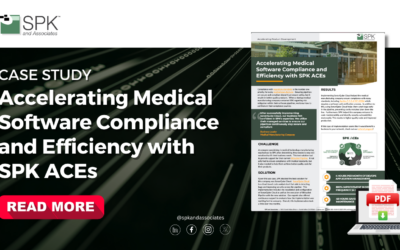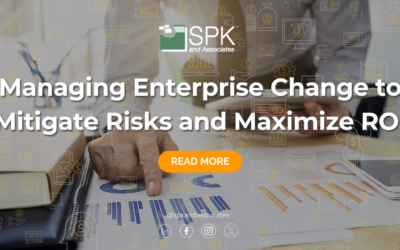There is a paramount importance to staying ahead of new risks. After all, more and more crop up each day as technology and processes change. So, in this blog post we’re exploring the 2024 trends for risk management.
Why Manage Risk?
It sounds like a simple question doesn’t it? But, when you scratch under the surface, there is in fact more to it. Perhaps your company is working with less resources this year. Does that mean you only need to focus on those ‘big’ risks? Absolutely not. Or perhaps, you might have lots of new talent this year – bright eyed and bushy tailed. Yet, they may not know the ins and outs of regulations all your years of experience have taught you. Regulators have set a clear expectation that effective risk management should lead to a reduction in consumer-centric risk – patient safety is paramount. However, effective risk management extends beyond patient-specific considerations. The most reliable way to lower consumer risk is by:

- Consistently producing high-quality products.
- Ensuring your team has the right support (either in-house or external partners) to overcome challenges.
- Removing toolstack friction, modernizing legacy systems and utilizing the right tools for the job.
Emerging Trends in Risk Management for 2024: Insights from SPK and Associates

Focusing in Human Capital
- Accelerated retirements and shifting work expectations are creating labor shortages and employee turnover.
- Investing in employee retention strategies, such as increased salaries, enhanced training, clear growth paths, and flexible hybrid work environments, is key.
- A review of internal policies should be completed to ensure your business and employees have the latest information.
- Consider setting up an employee alumni where retired, experienced employees can help mentor new staff. However, keep in mind policies to protect the loss of IP may also be needed.
Data Analytics and Artificial Intelligence (AI)
- The use of advanced analytics and AI in risk management is on the rise.
- Utilize technologies to analyze large datasets, identify risk patterns, and make more accurate predictions about potential risks. This includes chart and graph plugins for Jira, or even the use of Power BI to visualize your datasets.
- While the adoption of generative AI in areas like product design and supply chain management offers efficiency gains, organizations must also consider and mitigate the risks associated with data privacy, algorithmic bias, and potential disruptions to traditional workflows.
Supply Chain Management
- The complexity of supply chain risks demands innovative solutions.
- Explore online-cloud-based technologies and dedicated Risk Management Systems to effectively manage dynamic supply chain risks.

Cyber Security
- The rise of hybrid work and digital business processes has significantly increased the threat environment. Make sure you are prepared.
- Rethinking security technology stacks, distributing cybersecurity decision-making, and reframing security practices are strong proactive measures.
- The increasing reliance on smart factory solutions in manufacturing poses a potential risk management challenge, as organizations need to address cybersecurity threats and ensure the resilience of these advanced systems to avoid disruptions and data breaches.
Achieving Balance
- Economic disruptions prompt organizations to shift risk profiles, potentially leaving them underinsured.
- Communicating business changes to insurance providers, evaluating property valuations, and ensuring accurate risk assessment are critical.
What’s Next?
As we close the discussion on the emerging trends in risk management for 2024, it’s clear that the field is rapidly evolving, driven by technological advancements in AI, data, and cybersecurity. As professionals in this field, it is imperative to stay ahead of these trends, continuously adapt our strategies, and embrace innovative tools to mitigate risks effectively. The challenges may be complex, but the opportunities for growth and improvement are massive. Contact our team today to speak with our professionals and learn how we can help your risk management moving forward.







